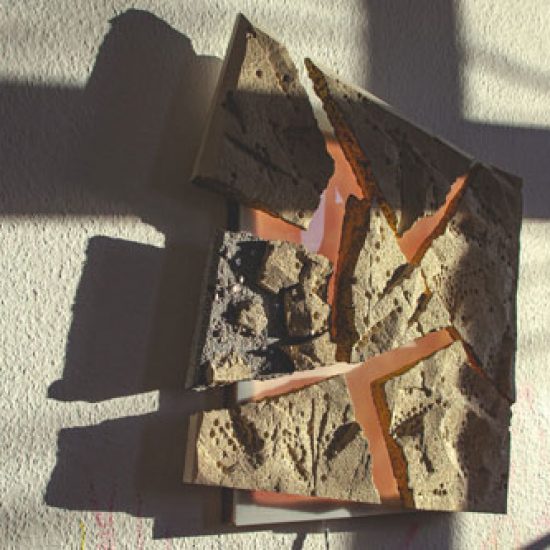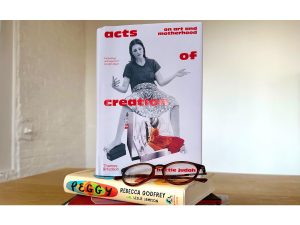About Sof
Going by the nickname of Sof, the emerging performance and mosaic artist grew up in France and now lives in Germany.
His [re]definition of mosaic involves light, magnetic fields, and matter. In his work, everything transforms through time. The viewer itself converts into a performer, taking part in the art by interacting and reshaping the piece. The new performer connects with matter while touching, feeling, and moving the tiles, releasing the light behind. Through this confrontation, matter reveals meanings. Each series is named after its material using anagrams, inviting one to decrypt and dive into the most immaterial beyond.
“I broke mosaic to extract an interactive system from the core of this ancient technique, extending the process of creation to anyone’s reach.”
Hue&Eye recently had the chance to interview Sof, to discover more about what drove him to make art.
–
When or how have you understood you wanted to become an artist?
I started studying art and applied arts at the age of fifteen. I’ve always kept creating alongside my professional life as a graphic designer, and in the last few years, I dedicated myself full-time to producing advanced pieces that I wanted to see and feel in reality.


May you briefly describe your technique and tell us what drives you to make art?
I use different techniques to create my pieces, but the genesis of this project was to explore and break the codes of one specific technique which is Mosaic.
As a teenager, we were not allowed to work with computers at school because the teachers wanted us to develop our brushwork and spontaneity skills.
Therefore, I felt the need to dive into digital experimentation at my parents’ house, while visiting on weekends.
This experience with pixels drove me to research the Mosaic technique. Since then, I’ve always worked on this project alongside my professional life, producing small pieces that I occasionally sell.
What started as a personal exploration then evolved, incorporating elements like light and magnetism. That’s when it became my drive to see it coming true.
Producing my mosaics is the most satisfying and fulfilling activity for me. It’s a journey about dedication and pushing the boundaries of creation. That’s what moves me.
What is the main feature that throughout the years has mostly changed in your work or practice?
What has changed is the production of pieces that are highly technical due to their specific components.
But also the meanings and poetry they have acquired.
I used to produce for the sake of the object and the pure exploration of bending the rules of Mosaic, without paying much attention to the subjects.
Now subjects emerged almost naturally, they were sort of hidden within the materials. This evolution brought me to become more detailed in selecting these materials and how I would work with them. It allowed me to start my exploration of the depth of Matter.


Which artist primarily inspires your work? And is there something else, outside visual arts, that keeps you motivated?
A combination of some of the biggest figures of contemporary art these days. A mix between Eliasson, Kapoor, Hirst, and Kwade. They are the monuments that I admire. Experiencing their exhibitions brutally immerses your body and spirit.
I work at a much smaller scale, but still, I try to produce something similar around the relation between the viewer and the elements.
Outside visual arts, what keeps me motivated and also inspires my work are music and science.
Music is in constant motion and has an interactive essence as it penetrates our system to make our body move almost on its own!
Science is a crucial tool for understanding our universe and what it’s made of. It is food for creative thoughts when you want to involve a larger spectrum.


How would you like people to engage with your work?
Whatever they feel like, by simply interact physically with the pieces because that’s the idea. Also by engaging in my game and trying to decrypt the meanings that stand behind each series or piece. I give some hints regarding this game and I would find it funny already if people try to solve the anagrammatic enigmas. The idea is that it creates a reveal that emerges from their analysis. It’s another way to interact again.




Spread the word! Do you have anything exciting on the horizon?
Something exciting is on the horizon: to get published in Hue and Eye!
Go here to visit Sof’s website, or follow him on Instagram >>>
Read similar articles on Hue&Eye >>>




